Gas chromatograph Working Animation shows the operation philosophy of GC functionality.
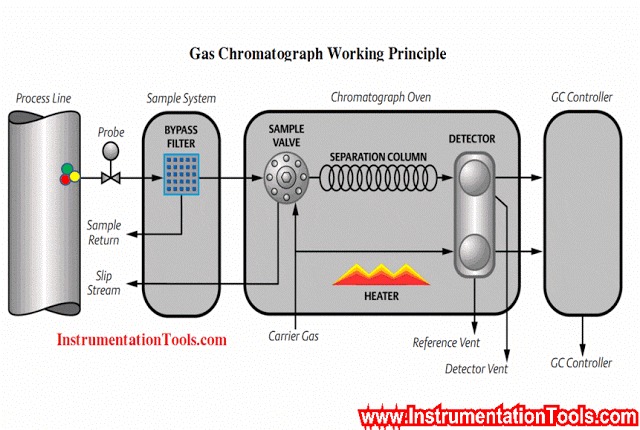
Pic Credits : Emerson
GC Working Principle Briefly :
- The sample gas will be taken from the Process pipe line through GC Sampling system.
- A carrier gas (generally Helium) will be used to carry out the collected sample gas through the GC column.
- The GC Column will be maintained at a standard temperature (85 deg c, changes from vendor to vendor) with the heater.
- The sample gas will be heated for a certain time in the column. So that all components in the sample gas will be separated in the column.
- The separated components will travel from column to the detector individually.
- The detector will detect the respective component voltage.
- Thus finally we measure all individual components in the sample gas.
- We plot all measured components in a graph called chromatogram.
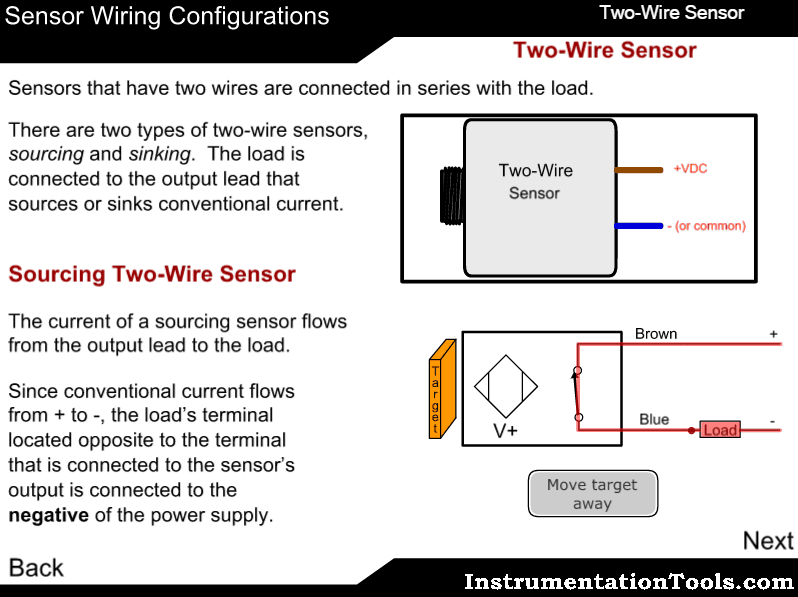
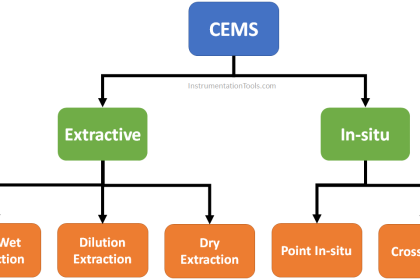
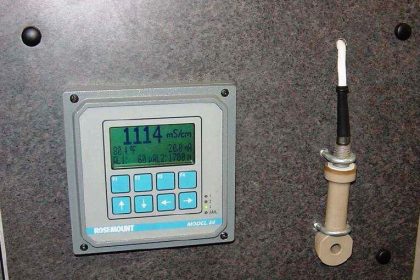
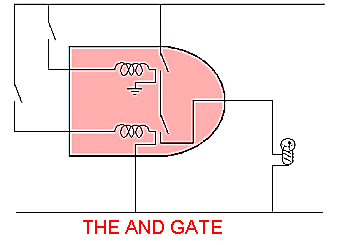
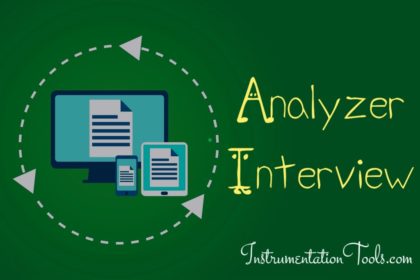

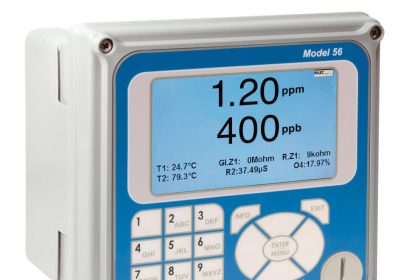
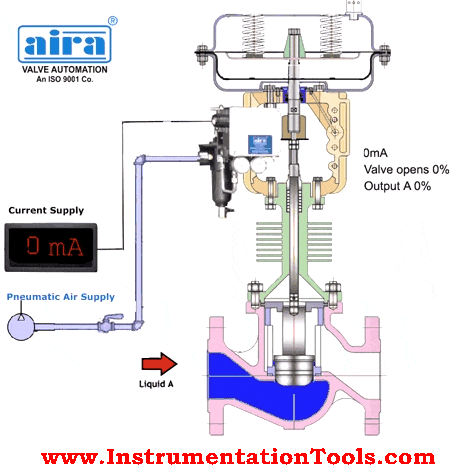
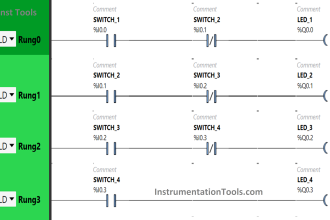
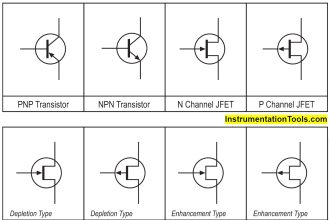
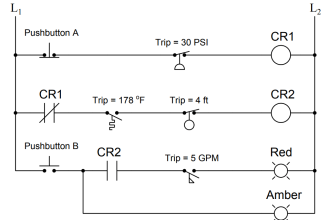

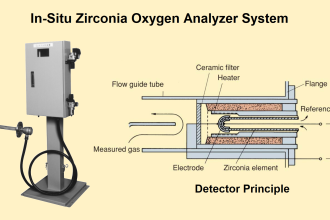
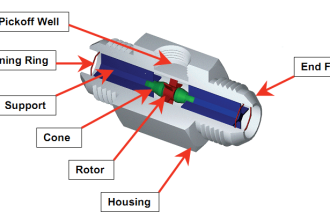
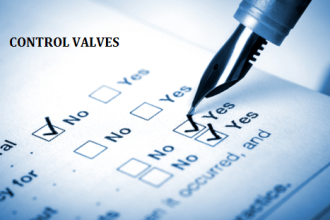


I am just Loved thus animation. And easily I am understand the GC Working also. Thanks for sharing. Keep it up.